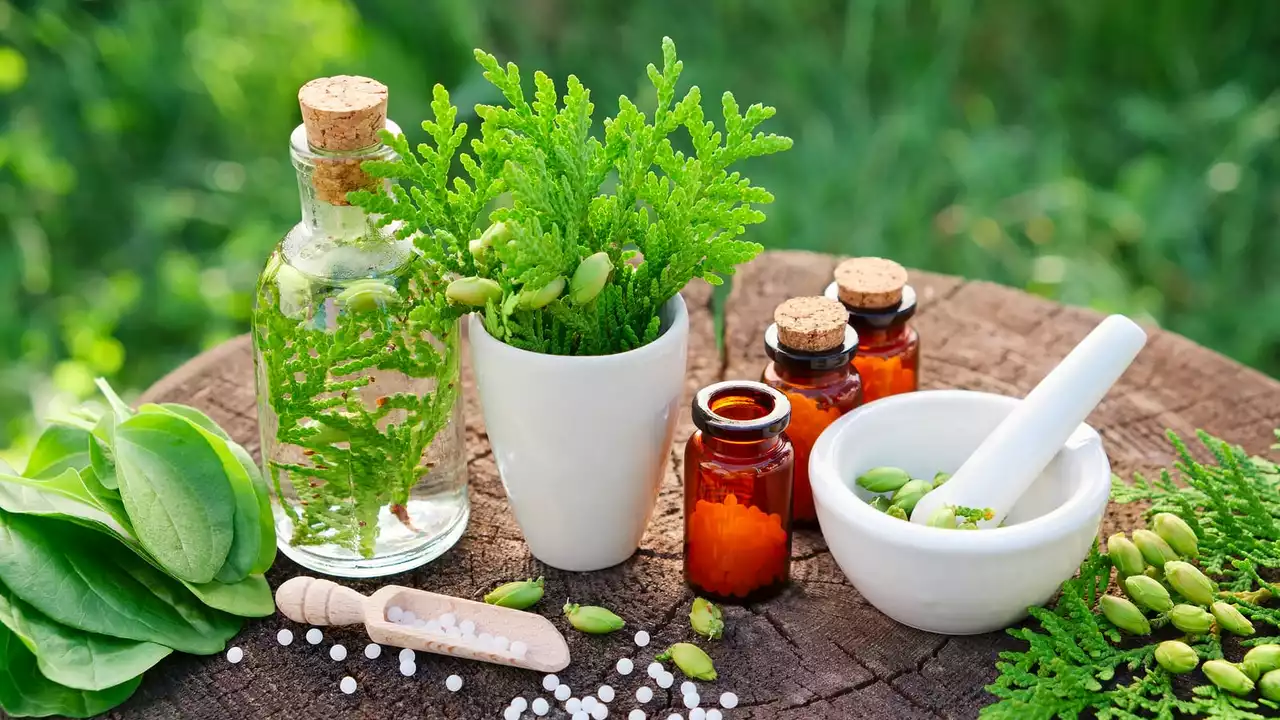In my latest blog post, I delve into the benefits of Sweet Sumach, a plant-based supplement that's making waves for its health-promoting properties. This vibrant plant is packed with antioxidants, aids digestion, and can even help control diabetes. Not only does it enhance your meals with its tangy flavor, but it also plays a significant role in boosting your overall health. If you're looking for a natural way to enrich your diet, Sweet Sumach might just be your new best friend. Trust me, your body will love it!
Sweet Sumach: Uses, Safety, and How to Try It
Want a tangy, lemony spice that’s also used as a traditional herb? Sweet sumach (often sold as sumac spice) is a cluster of dried red berries from Rhus species, commonly Rhus coriaria or staghorn sumac (Rhus typhina). People use it in cooking, herbal teas, and sometimes in supplements. It adds bright acidity without vinegar or citrus.
How do you use it in the kitchen? Sprinkle ground sumac on salads, roasted vegetables, grilled meat, or hummus for a fresh tart kick. A simple mix is 1–2 teaspoons of ground sumac with olive oil and salt as an instant dressing. You can also steep the berries to make a tart, pink lemonade-style drink—just crush a handful of berries, steep in hot water for 10–15 minutes, strain, and sweeten if you like.
People use sumac as an herbal remedy in some traditions because it contains antioxidants and plant compounds. That doesn’t mean it treats illness. If you’re curious about supplements labeled "sumac extract," check the product label for standardized content and follow the manufacturer’s directions. Talk to your healthcare provider if you’re pregnant, nursing, or on medication.
Safety and what to avoid
Don’t confuse edible sumac with poison sumac. Poison sumac (Toxicodendron vernix) grows in wet, swampy areas and causes severe skin rashes. Edible sumac grows on dry sites, has red clusters of berries, and smells tangy when crushed. If you’re foraging, positively identify the plant or buy from a trusted source instead of guessing.
Allergic reactions are possible. If you have known sensitivities to cashews, pistachios, or other Anacardiaceae family plants, be cautious—cross-reactivity happens for some people. Also, if you take blood thinners or other prescription drugs, ask your doctor before adding sumac supplements; herb–drug interactions are rare but possible.
Buying, storing, and quick tips
Buy ground sumac or whole dried berries from spice shops, Middle Eastern markets, or reputable online sellers. Look for the Latin name (Rhus coriaria or Rhus typhina) on the label to confirm it’s the edible type. Store in an airtight jar in a cool, dark place—fresh sumac keeps its punch for 6–12 months.
Quick tip: If a recipe calls for lemon zest and you don’t have lemons, a pinch of sumac brightens the same way. For a mild tea, use a tablespoon of crushed berries per cup of hot water. Taste as you go—sumac is tart but not bitter.
If you want more on herbs, interactions, or dosing, ask your healthcare provider or check trusted medical resources. If you’re exploring supplements, prioritize quality brands and clear labeling. Sweet sumach can be a tasty, useful addition when used carefully and from reliable sources.

